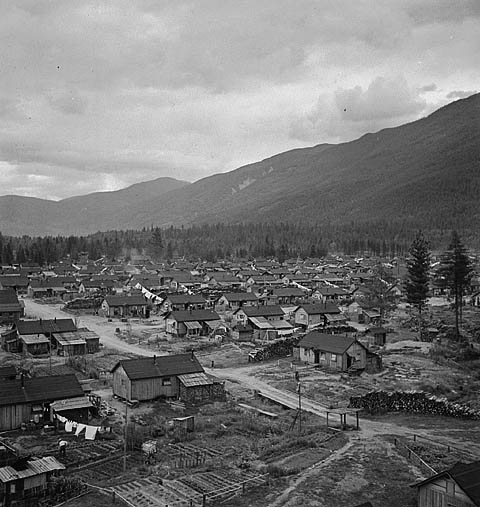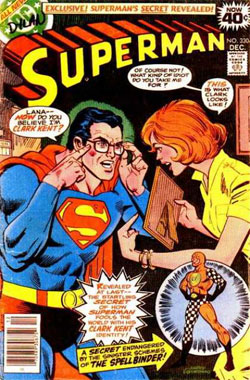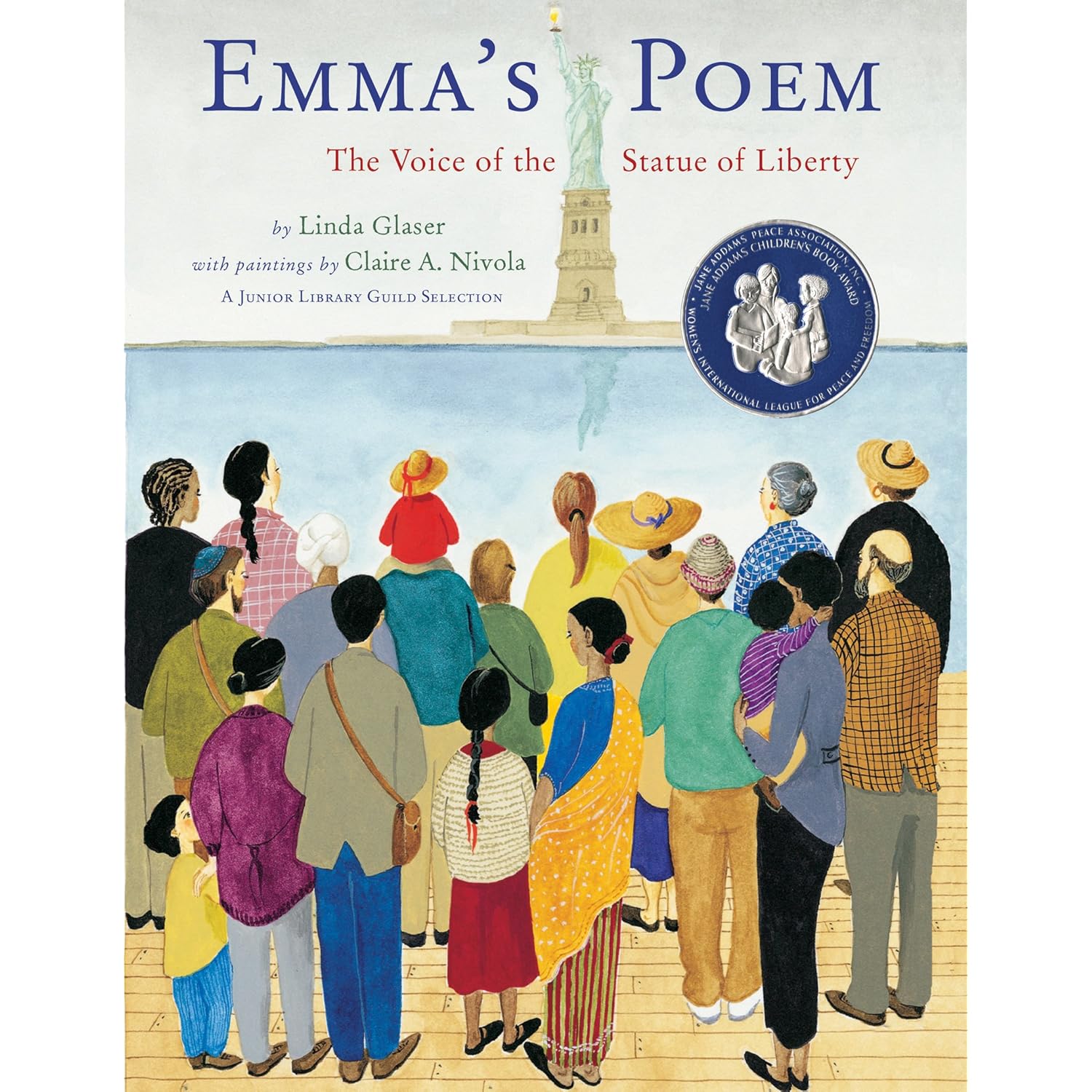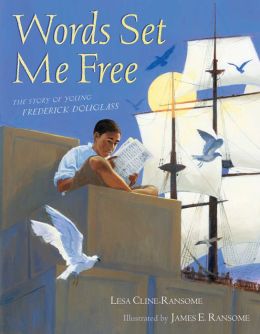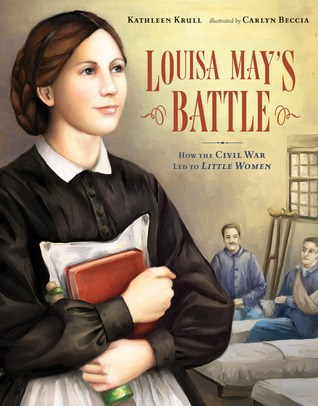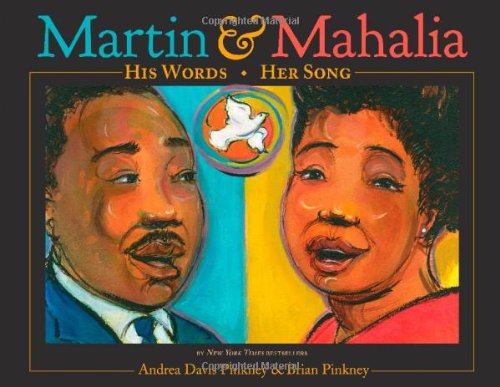
en.wikipedia.org

The day after the Japanese attacked Pearl Harbour on December 7, 1941, a Japanese American businessman unfurled a banner on his store front announcing "I am an American". The American public seemed to agree. According to the L.A. Times, the Japanese-Americans were "good Americans, born and educated as such."
However, in the weeks following the attack, public opinion started to changed, fuelled in part by the press who wanted to prove that the Japanese were intent on mounting a full scale invasion of the American West Coast. In February of 1942, the San Francisco Examiner warned: "Ouster of all Japs in California near!"
By March of 1942, the American government issued a proclamation ordering all Japanese-Americans to move inland, banning them from living within 100 miles of the Pacific Coast. Later that month, the government set a 8 pm to 6 am curfew for all Japanese Americans. By May 1942, 110.000 Japanese-Americans were ordered to relocate to interment camps in the Interior. The internees usually had their homes, businesses and belongings confiscated.
At least 62% of those interned were born in America, not Japan. But the government was classifying someone with as little as 1/16 Japanese blood, as an "enemy alien". According to Colonel Bendetson, "I am determined that if they have one drop of Japanese blood in them, they must go to the camp." Ironically, Hawaii, where the military attack had originally taken place, was an exception. Even though there was a huge Japanese American population there (150,000) only 1200 to 1800 of them were interned. General Emmons, backed up by most of the white Hawaiian businessmen, fought the internment of the Japanese in Hawaii, knowing that it would severely hurt Hawaii's economy.
In an attempt to prove their loyalty to the United States, 20.000 children of Japanese immigrants signed up for the U. S. Military. The 442nd Regimental Combat Team, one such regiment, served with distinction in the European theatre.
In January of 1945, the exclusion ordered was rescinded. Japanese Americans were each given $25 and a train ticket. While the majority returned to their homes, a minority emigrated to Japan.
Decades later, in 1988, the American government apologized to the Japanese Americans and offered them reparations.

upload.wikimedia.org
